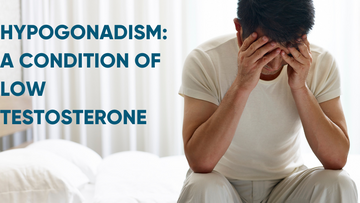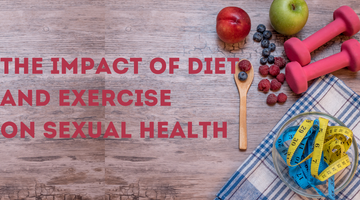
1 out of every 3 males faces the problem of Hypogonadism, also known as testosterone deficiency, which is a failure of the testicles to produce testosterone, sperm, or both. It could be the result of a testicular disorder or a disease process involving the hypothalamus and pituitary gland.
Hypogonadism is commonly unreported. According to some studies, roughly 40% of men over the age of 45 and 50% of men in their 80s are hypogonadal. Every ten years, testosterone levels are found to drop by 100 ng/dL. There does not appear to be a link between racial and ethnic groups and hypogonadism though.
Hypogonadism can hurt the quality of the male reproductive system and affect many organ functions. The signs and symptoms vary depending on when the deficiency begins, how severe it is, and whether or not there is a decrease in the major functions of the testes. The most common treatment is testosterone replacement therapy, but it can have serious side effects. Recent advancement in the male reproductive system has seen that stem cell research suggests that an alternative treatment for hypogonadism may be available soon.
Quick Facts About Male Hypogonadism:
- Hypogonadism can occur at any age, and the consequences vary depending on when it occurs.
- Puberty does not progress if hypogonadism occurs before puberty. Infertility and sexual dysfunction may result if it occurs after puberty.
- Symptoms in adult men appear within a few weeks of the onset of testosterone deficiency.
- Hypogonadism has been linked to an increased risk of heart disease, type 2 diabetes, diabetes, early death in older men, and Alzheimer's disease.
Symptoms That Show You Might Have Hypogonadism:
- Erection Problems
- Low With Sperm Count
- Depressed
- Lowered Libido
- Disturbed Sleep
- Reduced Strength & Muscle Mass
In the male reproductive system with hypogonadism, testosterone replacement therapy can improve mood and overall quality of life.
Male hypogonadism is best treated with Testosterone Replacement Therapy (TRT). It is typically administered as a topical gel, transdermal patch, or injection. Because of the high risk of side effects, such as upset stomach, oral testosterone is not used.
Many, if not all, of the signs and symptoms of male hypogonadism, can be eliminated with TRT.
Advantages Post Hypogonadism Improvement:
- Improved Erection
- Improved With Sperm Count
- Improved Mood
- Improved Libido
- Overall Higher Quality of Life
On A Final Note:
Testosterone replacement therapy can help restore hormone levels to normal and relieve symptoms of hypogonadism. Once testosterone levels have returned to normal, men with ED may require sildenafil or other treatments. Normalizing testosterone first, on the other hand, greatly increases the likelihood of success with sildenafil or other ED treatments.




